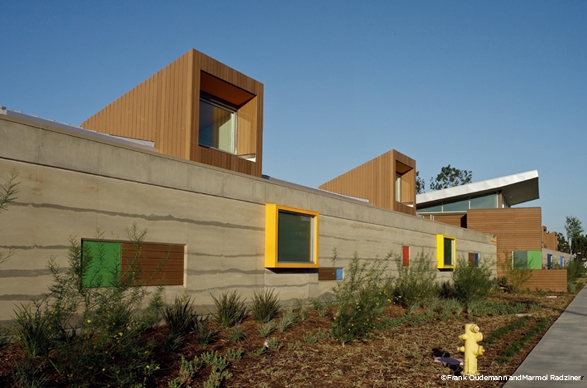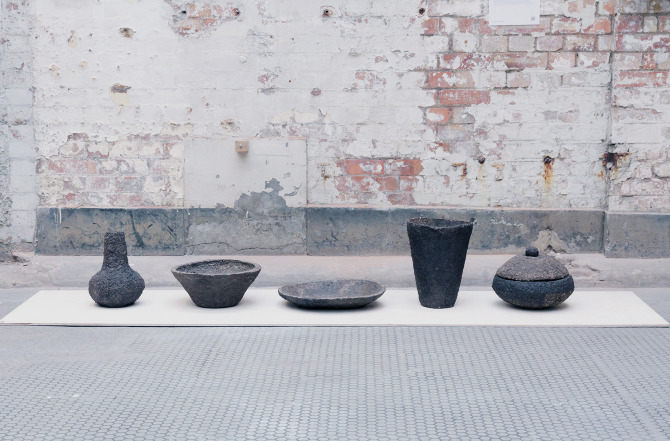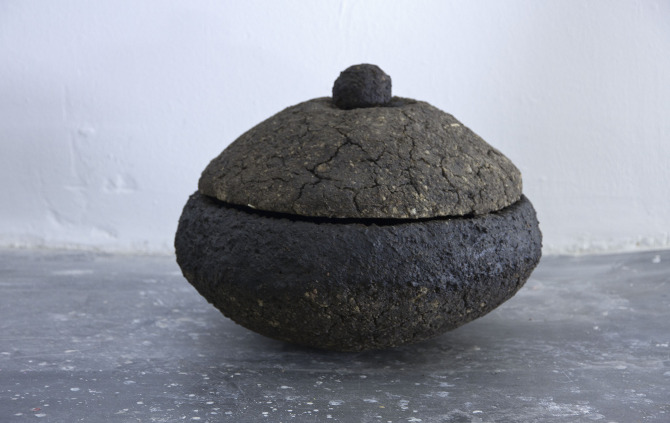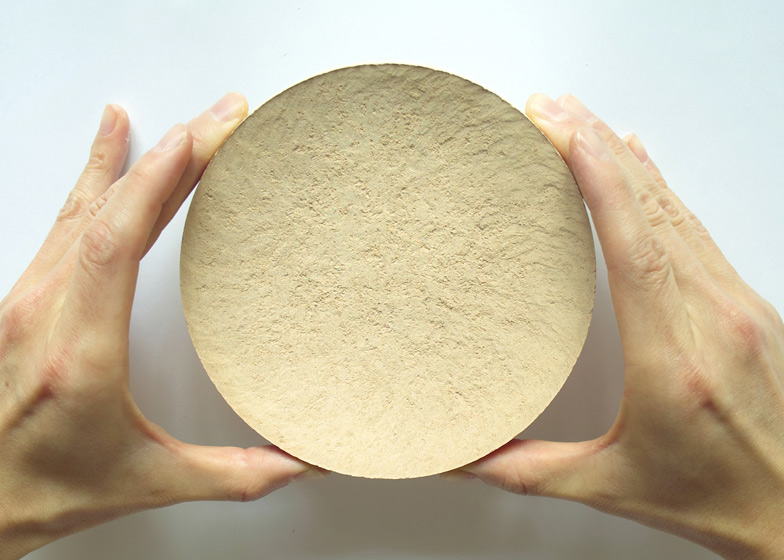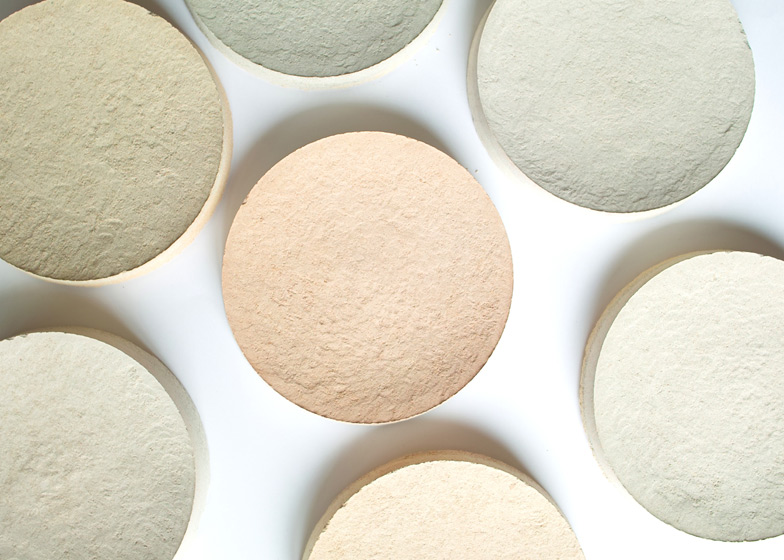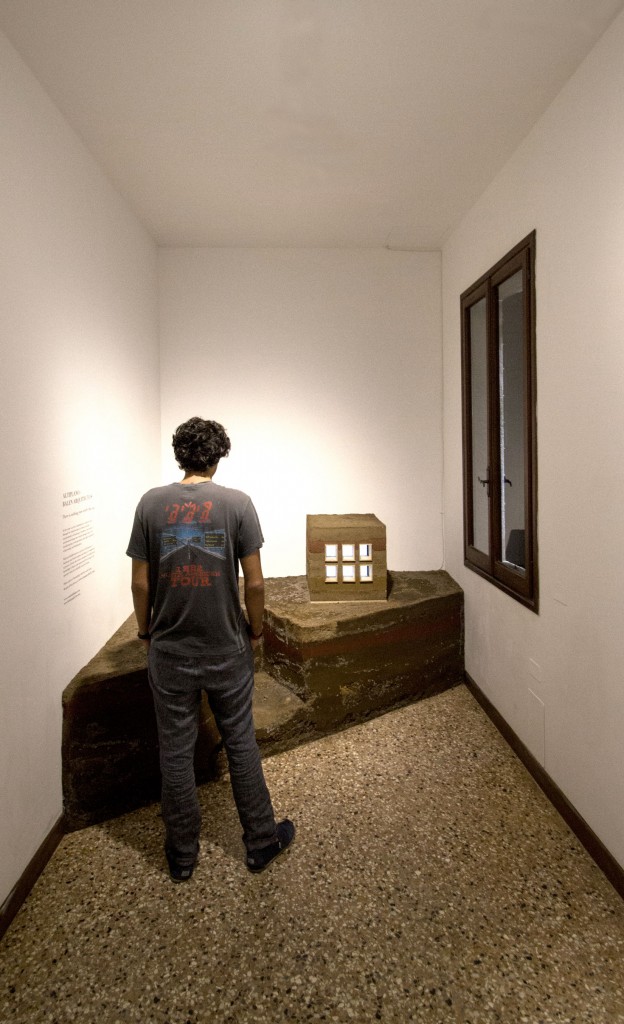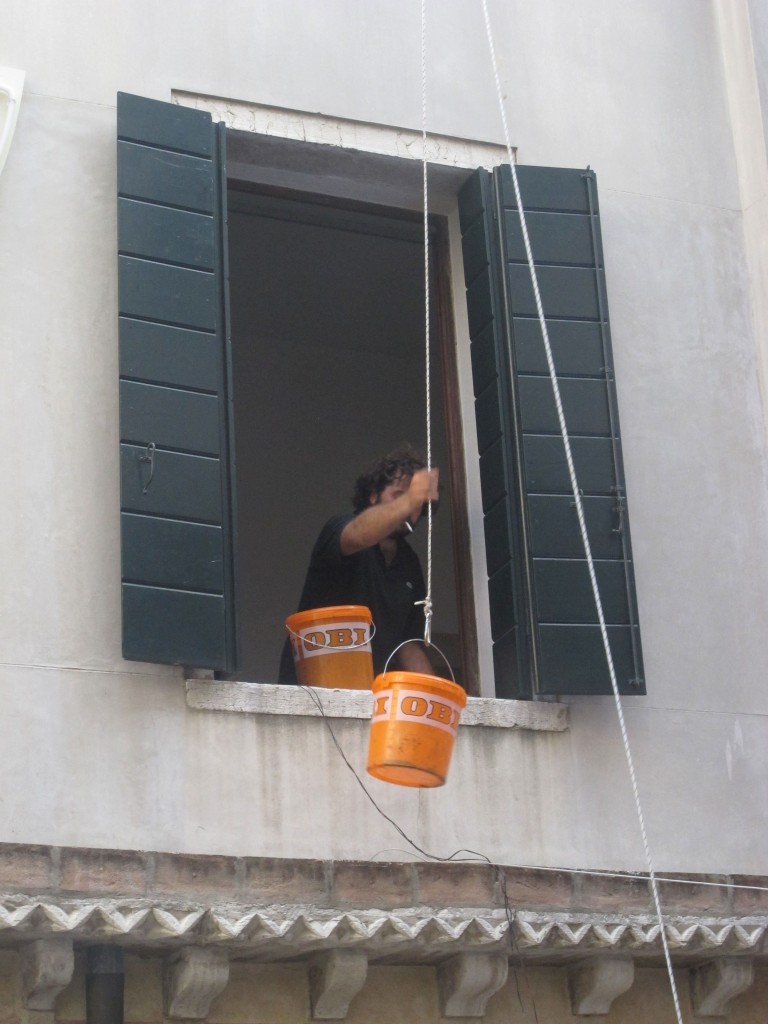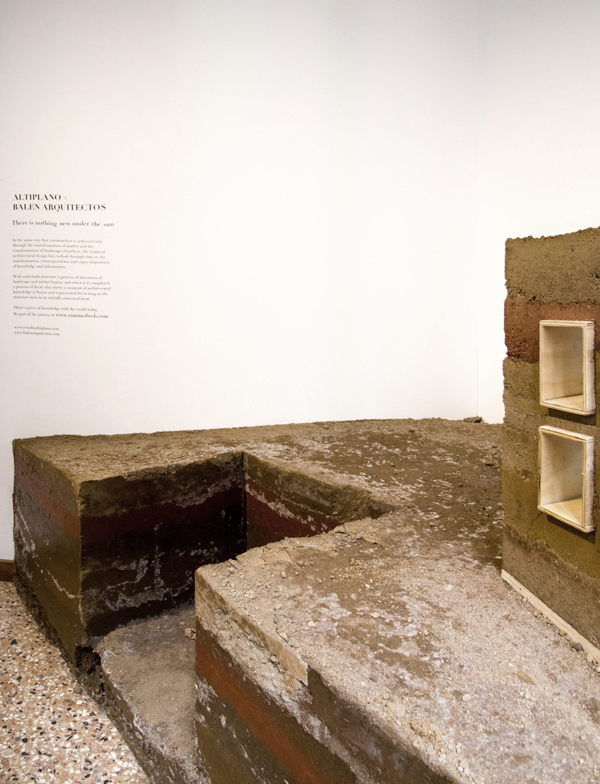Architect Sean Connelly’s installation A Small Area of Land (Kaka‘ako Earth Room), a “temporary earth sculpture” made from 32,000 pounds of volcanic soil and coral sand, can currently be seen at the ii gallery in Honolulu, Hawaii. The sculpture is a prismatic monolith with dimensions 7′ tall, 9′ long, and 4′ wide, and it features a single sloping surface that aligns with the position of the sun and moon on a key date in the history of land in Hawaii.
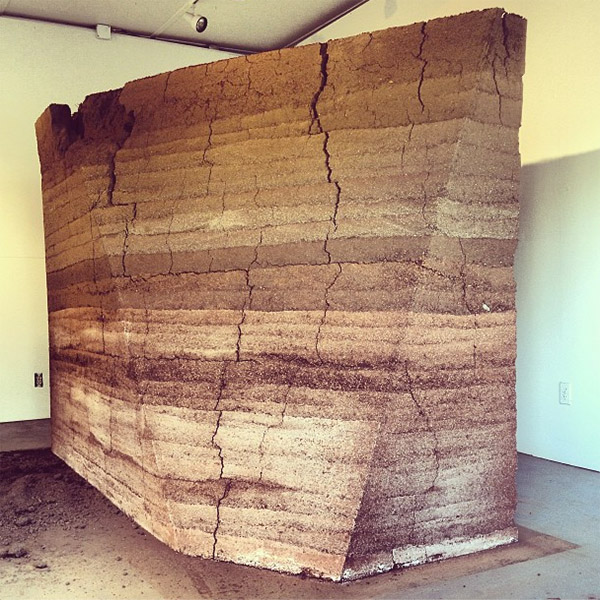
Over the course of the exhibit, the sculpture slowly falls apart as Connelly wanted to see “what a version of this might look like in Hawaii, on Hawaii’s terms.”



